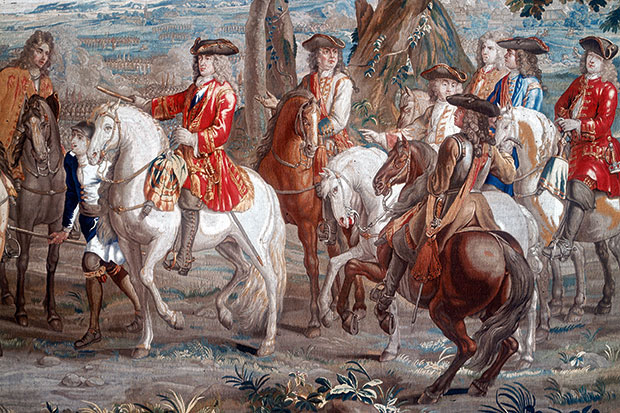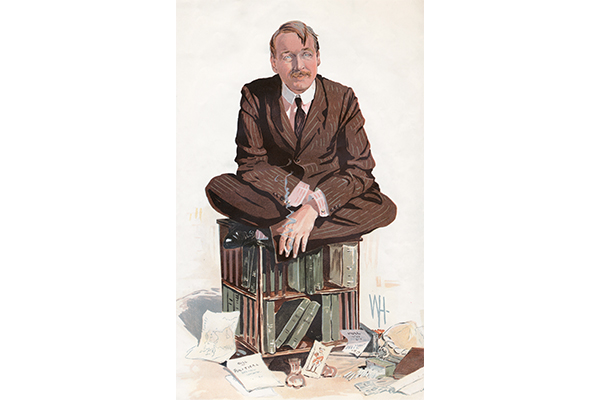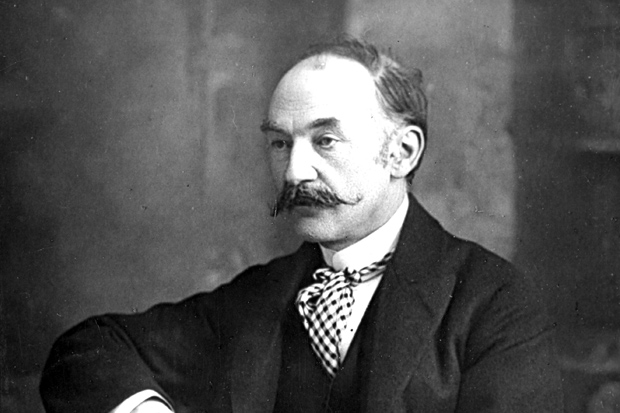To write, and indeed to read, a history of considerable range, both in terms of chronology and of subject matter, is a profound challenge. The fourth volume in Peter Ackroyd’s History of England starts with the Glorious Revolution of 1688 and ends with Waterloo in 1815. It was a period that laid the foundations of the modern British state and created the basis of its prosperity, and of its status as the world’s greatest power later in the 19th century.
During the 130 years Ackroyd covers there were revolutions in attitudes too: though when he writes of the coarse humour of cartoonists such as Gillray, and the aggressive expressions of public opinion in incidents such as the Gordon Riots, one wonders whether the temper of the English people is so very different today. Indeed, one of the pleasures of reading this history is the occasional, subtle indication that Ackroyd gives, when he writes of the importance of coffee houses, the influence of the press, the decline of the Anglican church and the need to improve the road network, that the England he writes about is not a foreign country at all, however far in the past.
Ackroyd ensures he covers all the main political trends and events of the period, though he cannot do so in any depth, given the need to cram 13 decades into 370 pages. He is adept at pen-portraits of the main players — conveying the moral repellency of Harley, the geniality and guile of Walpole, the ugliness (and loyalty) of North, the etiolation of Pitt the Younger and the uprightness of poor old Spencer Perceval, the only one of our prime ministers to be assassinated.
But this is also a period in which political power seeps from the monarch towards the House of Commons — even though, as Ackroyd also notes, Pitt the Younger was the only member of his own cabinet to sit in the lower house. After the revolution of 1688 it is monarchical power that holds the country together — the dual monarchy of William of Orange and Mary Stuart — and it is a period in which important and enduring changes occur: such as the establishment of the Bank of England in 1694 and the removal of censorship of the press the following year. Parliament also passed the Act of Settlement (1701), which ensured that no Roman Catholic could sit on the throne, and made Sophia of Hanover, a grand-daughter of James I, the heir presumptive.
Queen Anne’s reign saw the union of Scotland and England, to which the union with Ireland was added nearly a century later. None of her numerous children survived her, which brought Sophia’s son, George, the Elector of Hanover, to the throne of England: Sophia had died just two months before Queen Anne. Ackroyd depicts the gradual detachment of the Hanoverians from the centre of the political process, and the growing reliance on their first ministers, from Walpole onwards, to manage the domestic and foreign policy of the country. It was a century in which Britain, partly because of the need to maintain the balance of power in Europe, and partly because of its imperial interests in America and India, became embroiled in wars, from those of Marlborough to those of Wellington and Nelson. It was the politicians and not the king who suffered when things went wrong: George III may have been upset at the loss of his American colonies, but it was North and Shelburne who paid for it with their careers.
Ackroyd deals with much more than high politics and policy. His wide cultural knowledge allows him to flesh out his picture of 18th-century life with descriptions of the literature and the theatre of the time, and references to Turner and some of the other painters of the period. Given his celebrated novel Hawksmoor, based on the life of the architect though not about him, it is surprising he makes so little reference to the architecture of the period, which is, after all, the means by which today we most register the presence of the 18th century in our lives.
He deals, too, with the scientific and technical advances that underpinned the massive social changes of the century. The invention of the steam engine and the Spinning Jenny were the triggers of the Industrial Revolution. Together with the ideas of Adam Smith — notably the division of labour — this propelled Britain to the head of the advanced nations. While this created a new class of capitalists, and gave them enormous wealth, it plunged their workers into appalling conditions, with children as young as four working in the new mills and factories, and people working 13- or 14-hour days in gruesome conditions. Yet, as Ackroyd also indicates, these conditions were regarded as sufficiently superior to working on the land to cause a mass migration to the expanding towns of northern England, and to end the economic predominance of the agricultural economy.
This is a beautifully written book, and the narrative is easy to follow, while packed with information, even though nothing is covered in depth. There is a select bibliography but no footnotes, so its use for serious students as opposed to the general reader who wants to know something about the past will be limited. It is also littered with literal errors, which suggests poor editing and proof-reading (an egregious error introduces the second paragraph of the whole work). But Ackroyd has constructed a fluent, intelligent and informative work that will be enjoyed by those curious about the 18th century: and he correctly conveys the idea that as well as being an age of revolution, it was also an age of great significance.
The post Full steam ahead appeared first on The Spectator.
Got something to add? Join the discussion and comment below.
Get 10 issues for just $10
Subscribe to The Spectator Australia today for the next 10 magazine issues, plus full online access, for just $10.
You might disagree with half of it, but you’ll enjoy reading all of it. Try your first month for free, then just $2 a week for the remainder of your first year.














Comments
Don't miss out
Join the conversation with other Spectator Australia readers. Subscribe to leave a comment.
SUBSCRIBEAlready a subscriber? Log in